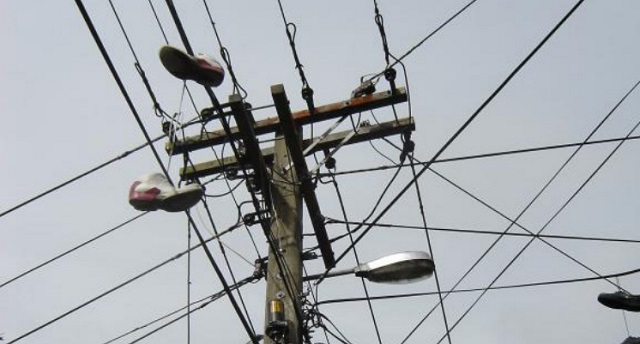Electrified but in the dark
Only 20% of the population was connected to the national grid while 15% have access to clean cooking technologies.

Op-Ed: Editor, it is noted that since 2000, Uganda has brought several major hydroelectric dams such as Isimba, Karuma among others on board which have helped the country to raise total generation capacity to nearly 2,200MW.
This marks a significant increase from 2,048.1MW in mid-2024, largely due to the commissioning of the 600MW Karuma hydro power plant. While this sounds great as it targets at increasing energy access and is a significant step towards economic enhancement, this surplus power raises critical questions about its real benefits to the local population.
Despite this substantial generation capacity, Ugandanscontinue to face challenges in electricity access,where reports show that the country has one of the world’s lowest per capita electricity consumption rates with available information from Ministry of Energy and Mineral Development indicating that in 2021, the electricity consumption per capita was 82kwh and on average, a Ugandan consumed only 82 units of power in a year.
It is noted thatover 90% of Uganda’s final energy consumption is still met by burning solid bioenergy, largely wood and charcoal and as of 2022, only 20% of the population was connected to the national grid while 15% have access to clean cooking technologies.
This generated electricity remains wasted, costing poor Ugandans taxpayers’ money because of high levels of corruption, the current power tariffs also remain high for vulnerable people and the high debt burden on these electricity projects such as dams among others which have failed to bring returns on investments and this has contributed to energy poverty in the country.
In December, 2023, Uganda rolled out her Energy Transition Plan (ETP) at the COP28 in Dubai to diversify energy mix, achieve universal access to electricity and clean cooking by 2030, mitigate emissions while driving economic growth.
However, it is noted that the success of this Energy Transition Plan relies on electricity where by 2050, its demand is expected to grow significantly, 40 times more than it is currently consumed and to meet this demand, Uganda must address energy access disparities through investing in renewable energy, ensure affordability to strengthen the country’s overall energy transition because the dominant challenge to energy access in Uganda today is the overreliance on biomass due to the unaffordability, which has contributed to the unsustainable deforestation and global warminghence leading to climate change.
The government through the ministry of energy should consider the consumption rate of this already surplus generated electricity before commissioning other electricity projects because spending too much on constructing dams and connection and the power remains unconsumed is also considered as wastage of government’s resources.
The challenge of energy poverty needs immediate attention through transitional measures like promoting clean energy technologies such as efficient clean cooking stoves, briquettes, solar and supporting LPG usage among others while addressing electricity challenges such as high power tariffs, power blackouts, vandalism of power infrastructure among others.
This will helpimprove on people’s standards of living and drive both environmental sustainability and economic growth in the country.
The author is Olive Atuhaire, AFIEGO Research Associate.
Disclaimer: As UG Reports Media LTD, we welcome any opinion from anyone if it’s constructive for the development of Uganda. All the expressions and opinions in this write-up are not those of UG Reports Media Ltd. but of the author of the article.






